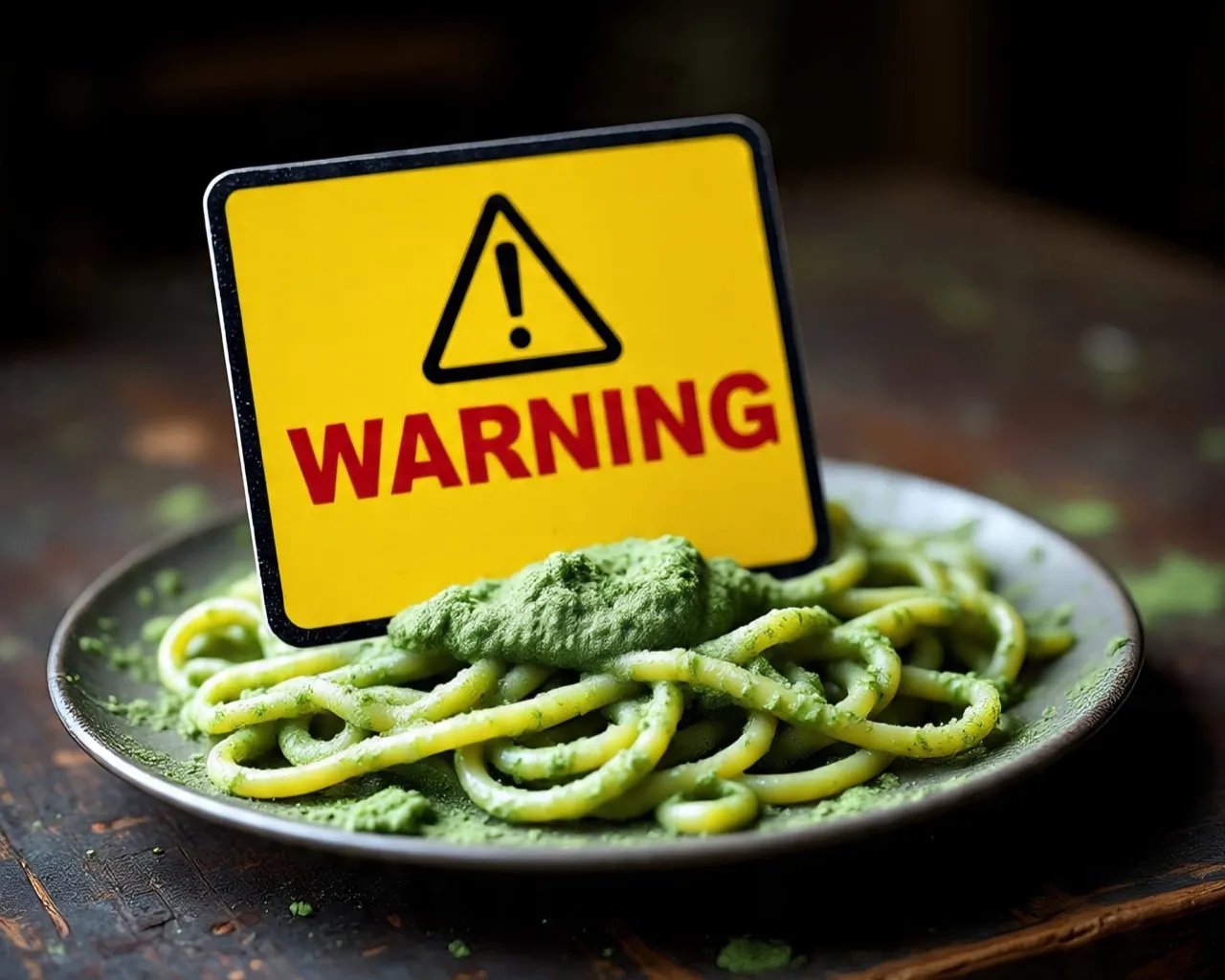Can Food Poisoning Be Fatal? Understanding the Risks
Food poisoning is often mild, but in some cases, it can be life-threatening. Learn which pathogens are most dangerous, who is at risk, and how to stay safe.

Fri Jun 27 - Written by: Rameesh
Can Food Poisoning Be Fatal? Understanding the Risks
Food poisoning is often dismissed as a minor inconvenience—a “24-hour bug” that passes with time. While most cases are indeed mild, it’s crucial to understand that this common ailment can sometimes escalate to life-threatening conditions. Can food poisoning cause death? This article explores when foodborne illness becomes dangerous and how to protect yourself.
What is Food Poisoning?
Food poisoning (foodborne illness) results from consuming food contaminated by harmful microorganisms or toxins. Contamination can occur anywhere from farm to table. The main culprits include:
- Bacteria: Salmonella, E. coli, Listeria monocytogenes, Campylobacter
- Viruses: Norovirus, Hepatitis A
- Parasites: Giardia, Cryptosporidium
- Toxins: Botulinum toxin, mushroom toxins, seafood toxins
Factors Determining Severity
Several factors influence how severely food poisoning affects an individual:
- Type of pathogen: Some are inherently more dangerous than others
- Amount consumed: Higher doses typically cause more severe illness
- Individual health: Immune system strength plays a crucial role
- Age: Young children and older adults are more vulnerable
- Underlying conditions: Chronic illnesses can worsen outcomes
Cases range from mild (resolving in days) to severe (requiring hospitalization and potentially life-threatening).
When Can Food Poisoning Be Fatal?
Certain pathogens pose higher risks of death:
- Listeria monocytogenes: Causes sepsis and meningitis in vulnerable populations, with high mortality rates in elderly and immunocompromised individuals
- E. coli O157:H7: Can cause hemolytic uremic syndrome (HUS), leading to kidney failure, especially in young children
- Clostridium botulinum: Produces potent neurotoxin causing paralysis and respiratory failure
- Vibrio vulnificus: Causes severe bloodstream infections and tissue destruction, particularly dangerous for those with liver disease
- Invasive infections: When bacteria like Salmonella enter the bloodstream, causing systemic complications
High-Risk Groups
Certain populations face significantly higher risks of severe outcomes:
- Infants and children under 5: Developing immune systems and smaller body size
- Adults over 65: Weakened immune systems and chronic conditions
- Pregnant women: Increased susceptibility, especially to Listeria
- Immunocompromised individuals: Cancer patients, organ transplant recipients, HIV/AIDS patients
- People with chronic illnesses: Diabetes, kidney disease, liver disease, iron overload
Danger Signs Requiring Immediate Medical Attention
Seek emergency care if experiencing:
- High fever (above 102°F/39°C)
- Severe dehydration (decreased urination, dizziness, dry mouth, rapid heartbeat)
- Bloody diarrhea
- Persistent vomiting preventing fluid intake
- Severe abdominal pain
- Neurological symptoms (muscle weakness, blurred vision, difficulty swallowing, confusion)
Treatment of Severe Cases
Prompt medical intervention is crucial:
- Diagnosis: Detailed history, physical exam, laboratory tests (stool culture, blood tests)
- Treatment approaches:
- IV fluids for rehydration and electrolyte balance
- Antibiotics for severe bacterial infections (when appropriate)
- Antitoxins for botulism
- Supportive care including respiratory support if needed
Prevention: Your Best Defense
Follow these critical food safety practices:
- Clean: Wash hands frequently, sanitize surfaces, rinse produce
- Separate: Use different cutting boards for raw meat and other foods, prevent cross-contamination
- Cook: Use food thermometer—poultry to 165°F, ground meat to 160°F, other meats to 145°F
- Chill: Refrigerate perishables within 2 hours (1 hour if temperature above 90°F)
High-risk individuals should:
- Avoid raw/undercooked meats, eggs, unpasteurized products
- Thoroughly reheat leftovers
- Stay informed about food recalls
Common Myths Debunked
- “It’s just a 24-hour bug” → Many cases last days to weeks with potential long-term complications
- “If it smells okay, it’s safe” → Dangerous pathogens often don’t change food’s appearance or smell
- “You can always treat it at home” → Severe symptoms require immediate medical attention
Conclusion
While most food poisoning cases resolve without serious consequences, the potential for severe illness and death exists, particularly among vulnerable populations and with certain dangerous pathogens. Understanding the risks, recognizing danger signs, and practicing consistent food safety measures are essential for prevention.
Food poisoning can indeed be fatal in rare circumstances, but these outcomes are largely preventable through proper food handling, prompt medical attention when needed, and heightened awareness among high-risk groups.
Taking food poisoning seriously isn’t fear-mongering—it’s empowering yourself with knowledge to protect your health and that of your loved ones.
Disclaimer: This article is for educational purposes only and does not constitute medical advice. Please consult a healthcare provider for diagnosis or treatment if you suspect food poisoning.